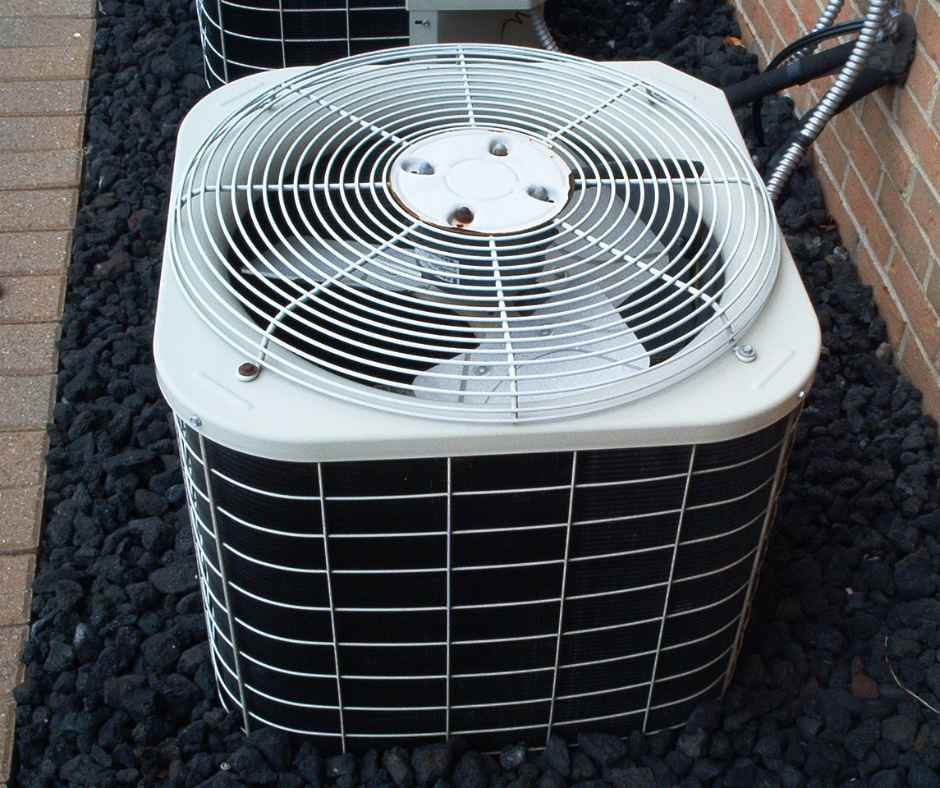520-629-9676
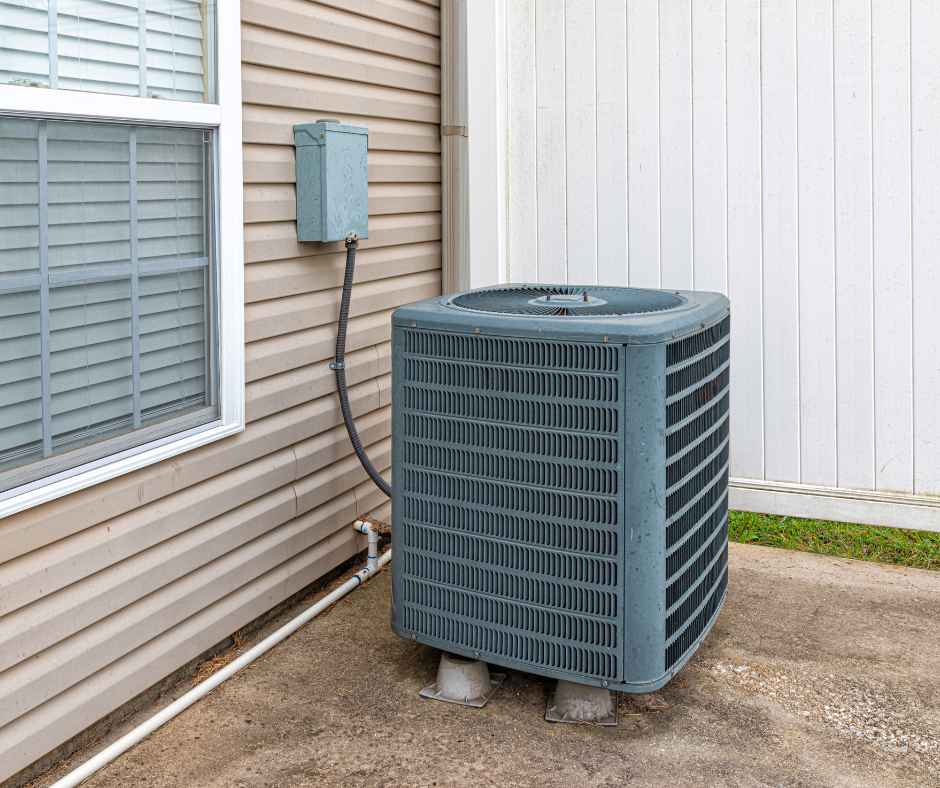
How Does Central Air Work?
Central air conditioning is a modern marvel that keeps homes cool and comfortable during the hot summer months. But have you ever wondered how this system works? Understanding the basics of central air can help you appreciate its functionality and ensure you maintain it properly for optimal performance. So, how does central air work? Let’s break it down.
The Components of Central Air Conditioning
A central air conditioning system consists of several key components that work together to cool your home:
Thermostat
The control center of your central air system, the thermostat allows you to set the desired temperature. When the indoor temperature rises above this setting, the thermostat signals the AC unit to start cooling.
Evaporator Coil
Located inside the indoor unit, the evaporator coil is filled with a refrigerant that absorbs heat from the indoor air. As warm air passes over the coil, the refrigerant evaporates, removing heat and lowering the air temperature.
Condenser Coil
The condenser coil is located in the outdoor unit. It releases the heat absorbed by the refrigerant from the indoor air. The refrigerant, now in a gaseous state, travels to the condenser coil where it is cooled and condensed back into a liquid.
Compressor
The compressor, also located in the outdoor unit, pumps the refrigerant between the evaporator and condenser coils. It compresses the refrigerant gas, raising its pressure and temperature before it moves to the condenser coil.
Air Handler
The air handler contains the blower fan that circulates the cooled air throughout your home via a system of ducts. It ensures that the air flows smoothly from the indoor unit to the various rooms in your house.
Ductwork
The network of ducts distributes the cooled air from the air handler to different parts of your home. Return ducts bring warm air back to the evaporator coil to be cooled again.
Refrigerant Lines
These lines carry the refrigerant between the evaporator coil and the condenser coil, facilitating the heat exchange process.
The Cooling Process
Now that we know the main components, let’s delve into how central air conditioning works to cool your home:
- Thermostat Activation: When the indoor temperature rises above the thermostat setting, the thermostat activates the central air system.
- Air Intake: Warm air from your home is drawn into the return ducts and passes through an air filter, which removes dust and debris.
- Heat Absorption: The warm air then passes over the evaporator coil. The refrigerant inside the coil absorbs the heat, causing the refrigerant to evaporate into a gas. This process cools the air, which is then circulated back into your home via the supply ducts.
- Heat Transfer: The gaseous refrigerant travels to the outdoor unit, where the compressor pressurizes it, increasing its temperature. The high-pressure, high-temperature gas then flows into the condenser coil.
- Heat Release: In the condenser coil, the refrigerant releases the absorbed heat to the outside air. A fan in the outdoor unit helps dissipate this heat. As the refrigerant loses heat, it condenses back into a liquid.
- Refrigerant Circulation: The liquid refrigerant travels back to the indoor unit through the refrigerant lines to repeat the cooling cycle.
Benefits of Central Air Conditioning
Understanding how central air conditioning works highlights its numerous benefits:
- Consistent Cooling: Central air conditioning provides uniform cooling throughout your home, ensuring a consistent and comfortable indoor climate.
- Improved Air Quality: Central air systems filter the air, removing dust, pollen, and other allergens, which improves indoor air quality.
- Energy Efficiency: Modern central air conditioning systems are designed to be energy-efficient, reducing energy consumption and lowering utility bills.
- Quiet Operation: Unlike window units or portable ACs, central air systems operate quietly, providing a peaceful and comfortable environment.
- Increased Home Value: A well-maintained central air conditioning system can increase the value of your home, making it more attractive to potential buyers.
Maintenance Tips for Central Air Conditioning
To keep your central air conditioning system running efficiently, regular maintenance is essential. Here are some tips:
- Replace Air Filters: Check and replace air filters every 1-3 months to ensure proper airflow and reduce strain on the system.
- Clean the Evaporator and Condenser Coils: Dust and debris can accumulate on the coils, reducing efficiency. Clean them regularly to maintain optimal performance.
- Inspect Refrigerant Lines: Check the refrigerant lines for any signs of leaks or damage. Low refrigerant levels can significantly affect cooling efficiency.
- Schedule Professional Maintenance: Annual maintenance by a professional technician can identify and fix potential issues before they become major problems.
Call Russett Southwest For Your Air Conditioning Needs
Central air conditioning is an essential component of modern home comfort, offering consistent cooling and improved air quality. By understanding how central air works and following proper maintenance practices, you can ensure your system operates efficiently for years to come.
If you need assistance with your central air conditioning system, contact Russett Southwest. Our expert technicians are ready to handle all your air conditioner repair and maintenance needs, ensuring your home stays cool and comfortable. Reach out to us today!
Recent News
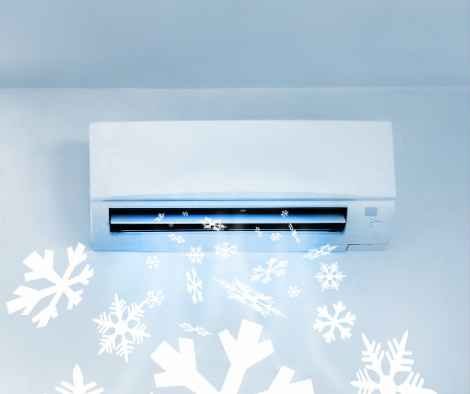
What Causes an Air Conditioner to Freeze Up?
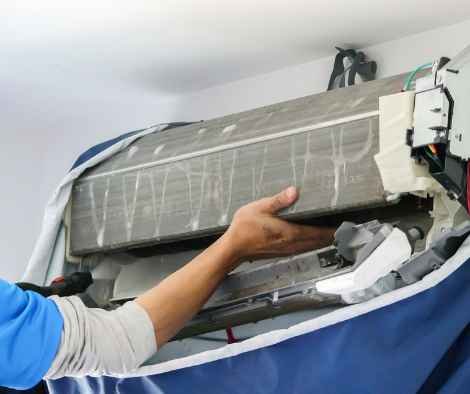
How to Clean Air Conditioner Coils
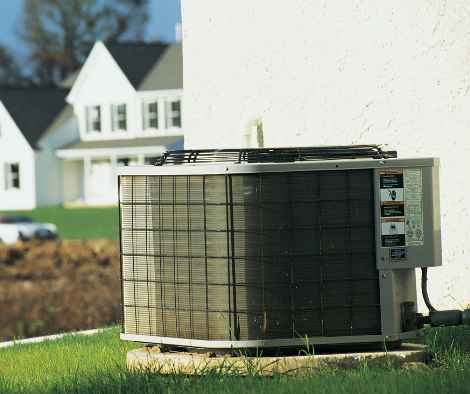
What Size Air Conditioner Do I Need?
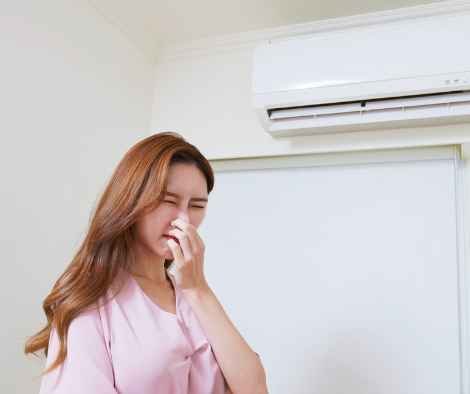
Why Does My Air Conditioner Smell?
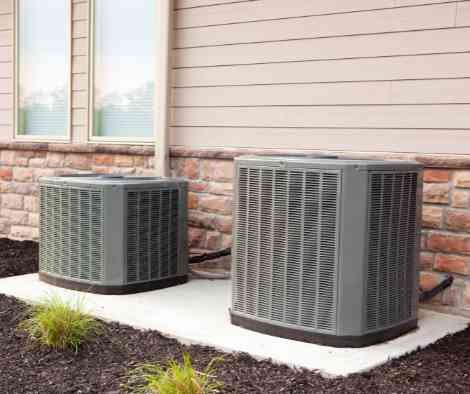
Why Is My Air Conditioner Leaking Water?
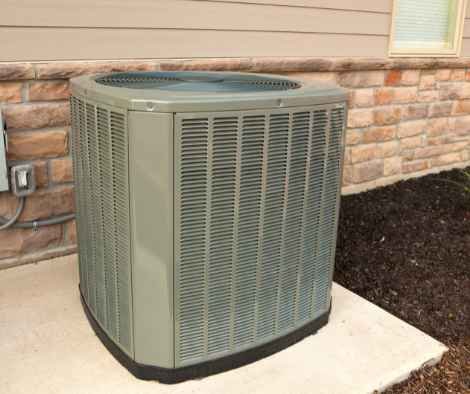
Why Is My Air Conditioner Not Blowing Cold Air?
